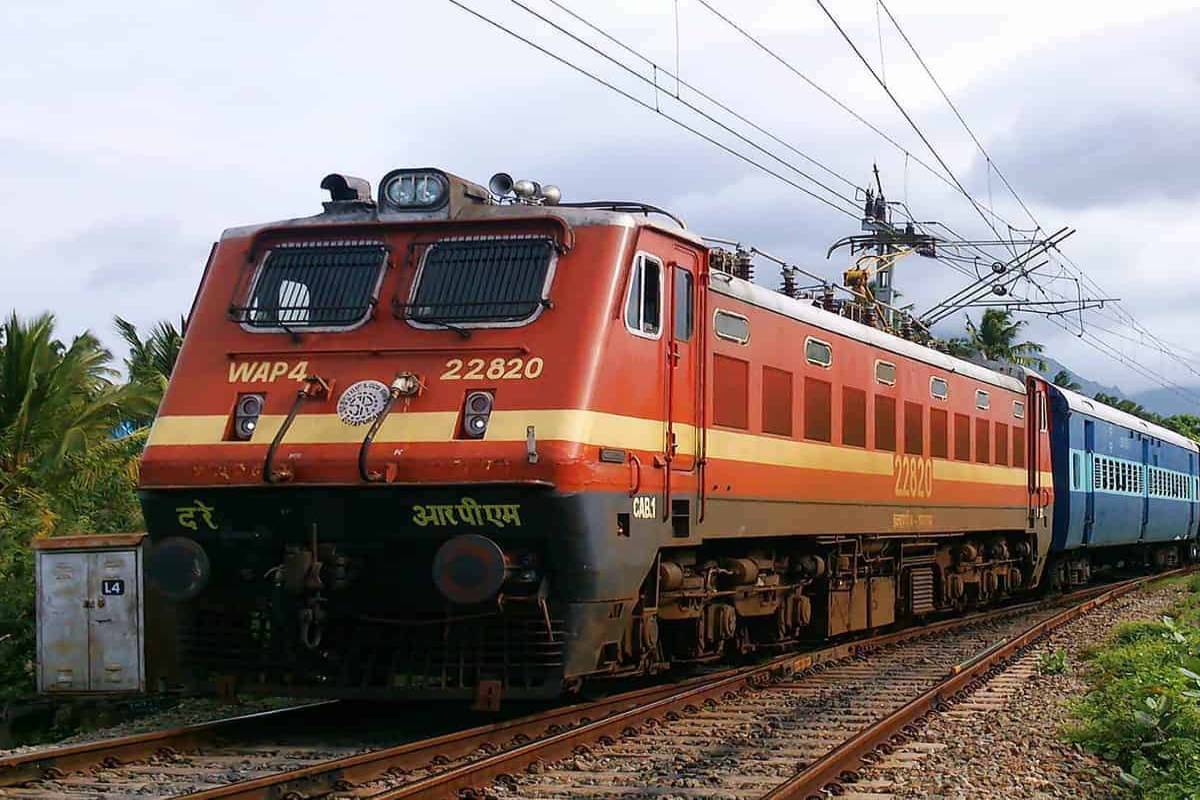Prayagraj Railways sets record with 222 Special trains on Mauni Amavasya
On the occasion of Mauni Amavasya, the largest Amrit Snan festival of Mahakumbh, over eight crore devotees took a holy dip in the sacred Triveni.
The Work is expected to start on another 18 stations soon apart from the mega projects of New Delhi, CSMT and Ahmedabad Railway stations.

(File Photo)
The Indian Railways has embarked on a plan to upgrade railway stations. As part of the plan, while three stations are already commissioned, work on 32 stations has been undertaken. The Work is expected to start on another 18 stations soon apart from the mega projects of New Delhi, CSMT and Ahmedabad Railway stations.
It was long felt that the impact of station redevelopment projects will be maximum if major stations are taken up. Towards this end, the Government has decided to take up New Delhi, Ahmedabad and Chhatrapati Shivaji Maharaj Terminus, Mumbai for redevelopment.
Advertisement
These iconic stations will define railways in New India and change the nature of railway journeys. Passengers will get comfortable, well designed stations with proper traffic facilities, signages, seating spaces, superior amenities and comfortable stay for their time at these stations.
Advertisement
It is expected that the redevelopment of stations will help develop the surrounding areas also. The decongestion of traffic in roads around these stations, and creation of large areas within stations which are accessible to general passengers will help improve the quality of life. The redeveloped stations are also expected to facilitate Transit Oriented Development and promote sustainability.
The redevelopment of the three stations is expected to turn them into new city centers. The new stations will provide an experience of modern and aesthetic ambience for the visitors to these cities, ensuring seamless transfer from one mode of transport to the other. These stations will usher a new era of development at and around railway stations, creating new job opportunities for lakhs of people.
The common features of the redevelopment of all three stations are: segregation of departing/arriving passengers and well-designed escalators/stairs and waiting areas to ensure a comfortable experience for the passengers.
Roof plazas will be at the heart of these redeveloped stations. These will be areas where departing passengers will be able to wait and avail amenities such as drinking water, washrooms, retail kiosks, information booths, etc. These roof plazas will also be connecting the two sides of the city on either side of railway tracks.
This will ensure improvement in access to railway stations in circulation in station area through elevated road network in New Delhi and Ahmedabad and by redistribution of passenger load in CSMT, multi-modal integration and prioritisation of pedestrian and non-motorised transport, heritage restoration, and enhancement of heritage assets within the station areas, incorporation of green building features in the stations that will reduce the consumption of electricity and water.
This will be done by installing solar panels on the stations’ roofs, rainwater harvesting, wastewater/stormwater treatment and reuse, and solid waste management with proper segregation on-site.
It will also provide specially abled-friendly facilities such as accessibility to all parts of the stations on wheelchairs through lifts and ramps, special toilets, drinking water facilities, ticket windows, tactile flooring, audio warnings for guidance, Braille maps of station layout etc.
Making all the three stations smart and safe-with intelligent building management systems, 100 percent 24×7 CCTV coverage, proper access control for entry and exit, fire-fighting arrangements and alternate emergency power supplies.
Advertisement